
36th America’s Cup Goes the Kiwi Way
Emirates Team New Zealand captured a little ‘luck of the Irish’ in defending the America’s Cup for the New Zealand Royal Yacht Squadron in defeating Luna Rossa Prada Pirelli decisively by 49 seconds while on match point to win 7-3.
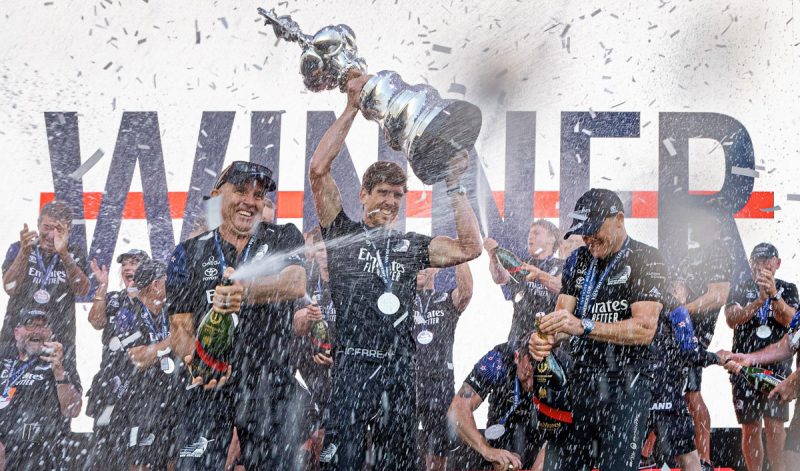
The race started with a lot of drama and action, with the lead shifting back and forth early before ETNZ made a definitive pass in pressure, taking advantage of a righthand shift on the course to take a lead they wouldn’t surrender.
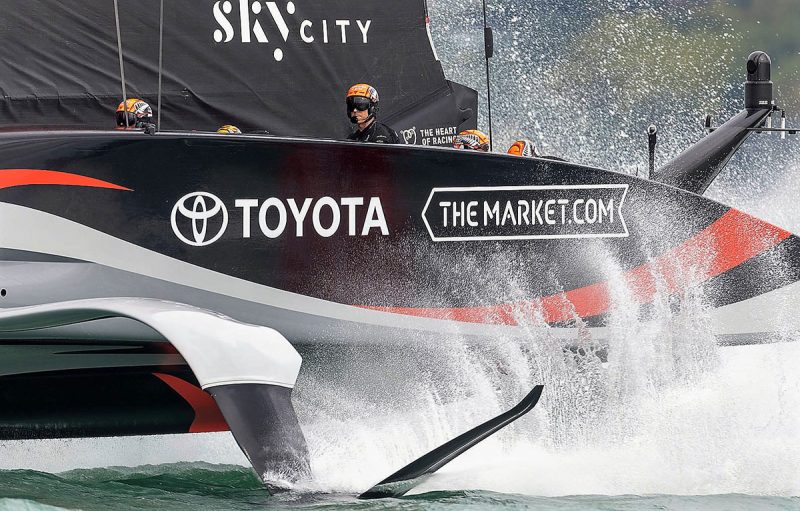
Italy made gains on the second leg downwind but unfortunately jibed at the gate under the wind shadow of the Kiwi boat and lost significant ground that they were never able to recapture.
ETNZ got an excellent start. The breeze shifted right immediately after they hit the line. The Kiwis took advantage of that shift, but Luna Rossa hung in there and regained the lead briefly before losing the first cross. From then on ETNZ shut the door, never giving the Italians a sniff of their blazingly fast foiling monohull.
The old saying goes that the faster boat always wins the America’s Cup. That is certainly the case again. Te Retuhai improved from race to race, and the Kiwis sailed better as the series continued and made no mistakes for the Italians to take advantage of.
As well as Luna Rossa sailed, the few little hiccups occurred at critical times, with little mistakes here and there. The Kiwis made them pay for each one!
As soon as ETNZ crossed the finish line Luna Rossa Prada Pirelli co-helmsman Jimmy Spithill offered immediate congratulations and well-wishes. “Full credit to Team New Zealand,” said Spithill. “They developed a fantastic package and are deservedly the champions. We all need to have a beer with those guys!”
“Watched on the telly from afar, but the team in spirit all the way,” weighed in New Zealand Prime Minister Jacinda Ardern. “Thank you, Team New Zealand. Through such a hard year, you provided us with such optimism and excitement. You made us proud!”
The NZ government has committed funding toward the next America’s Cup, on the condition that the next defense is held in New Zealand. Rumors run rampant about opportunities elsewhere. When pressed by NBC commentator Shirley Robertson, ETNZ’s CEO Grant Dalton was noncommittal in his response, coyly dodging it by answering, “You wouldn’t expect me to answer that at this moment, would you?”
Whispering aside, it has been all but confirmed that the Royal Yacht Squadron, represented by INEOS Team UK in AC 36, will be the next Challenger of Record.
“We have been getting messages from the Prime Minister to high school kids,” said Peter Burling, ETNZ helmsman. “It just means the world to us as a team. We have been learning all week, and today we really showed what this boat can do. So to win on home waters is something our entire team is incredibly proud of.”
Burling and his Olympic ‘wingman’ Blair Tuke burst onto the America’s Cup scene in 2013, winning the Red Bull Youth AC in San Francisco. Then they won in Bermuda in 2017 in dominant fashion. Now, with this win, he has cemented his legacy as one of the great skippers in the 170-year history of this event.
Italy acquitted themselves extremely well by keeping the Match even after the first three race days, which is unprecedented and defying the odds, with a new America’s Cup Class by not getting blown out at the outset. “We went out this morning determined to win two races and confident that we could do so,” said Max Sirena, Luna Rossa’s team director. “The boys on board were incredibly motivated and focused, and it wasn’t easy for them. They started well, but unfortunately right after the start the wind shifted 20 degrees and compromised the first downwind leg, and at that point the rest of the race.
“Obviously we aren’t happy with the final results. After you have won three races in the America’s Cup you start believing that you can do it. We have given our very best every day out on the water,” said Sirena. “I want to thank everyone in Italy who has supported us throughout these incredible nights. And I want to thank the team, who has worked with me for over three years. I thank Patrizio Bertelli for the opportunity he has given me. These three and a half years have been unforgettable.”
It has been quite a task for regatta director Iain Murray to pick out racecourses in extremely challenging and tricky weather conditions that were light for the most part, but also keeping the local fans engaged with viewing opportunities on water as well as on shore.
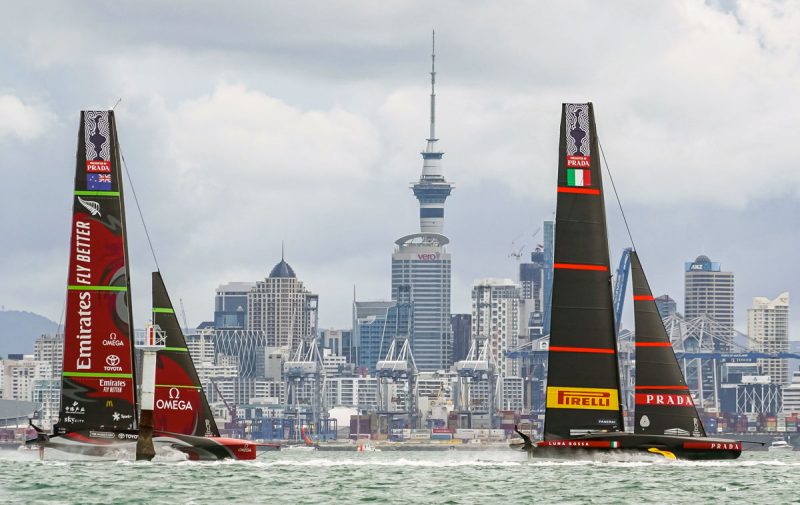
Racing was postponed for a short time at the start until the breezes could fill in throughout the racecourse. “We set the course in Area A, but brought it as far south as we could in order to try and make the best of the compression area for the wind in the Rangitoto Channel,” said Murray.
ETNZ has won the America’s Cup for New Zealand for the fourth time — technically, winning the Auld Mug twice and defending it twice. It was a spectacular achievement for the team and for the yacht club they represent, the Royal New Zealand Yacht Squadron. Another confirmation that in sailing in the Southern Hemisphere, a country of 5 million people can punch way above its weight.
Luna Rossa’s story is far from over. Sirena confirmed that Prada boss Bertelli is committed to carry the team forward. “It is not finished and with all this experience in the team we will try again,” said Luna Rossa co-helmsman Francesco Bruni. “Thank you Italia, grazie Italia.”
The celebrations began onboard after the Kiwis crossed the finish line and will continue on throughout the night after the prize-giving. “What a beauty! Time to enjoy it. To win the America’s Cup on home waters was unbelievable!” said Tuke.
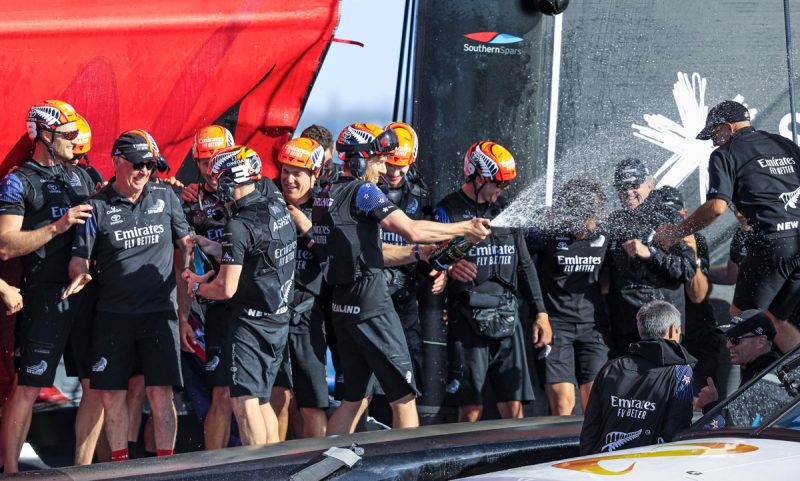
After winning the Cup in Bermuda in 2017, Dalton wanted to create a new America’s Cup Class, to promote fast, close and exhilarating sailing. With the AC75 they have achieved this and more, changing the perception of yacht racing forever. It looks as if these foiling monohulls will be coming back for an encore in the 37th America’s Cup. Hopefully sooner rather than later.
We’ll have more in the April issue of Latitude 38, coming out on March 31.
Delta Doo Dah Lucky 13 Opens for Entry
We’re opening Delta Doo Dah Lucky 13 for registrations at noon today, further celebrating ‘the luck of the Irish’ (see our America’s Cup story in this same edition of ‘Lectronic Latitude).
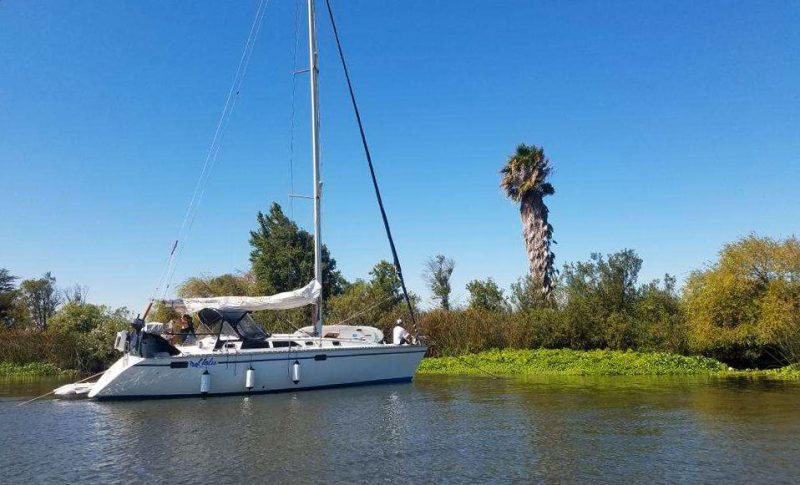
You’ll find that sign-ups are quick and easy — and still free. But go grab your credit card anyway. You’ll want to buy a Lucky 13 burgee (and fly it so that your fellow fleet members and marina hosts can spot you), and this year’s logowear, an antimicrobial neck gaiter in green heather.

There are oh so many uses for the neck gaiter: an impromptu face covering or second mask, sun protection, mosquito deterrent or a cozy layer of warmth on a chilly evening. Order swag at the same time as you register to make sure you get yours — supplies will be limited. (We ran out early last year!) Plus we’ll waive the postage and handling charge if you order and pay with your registration.
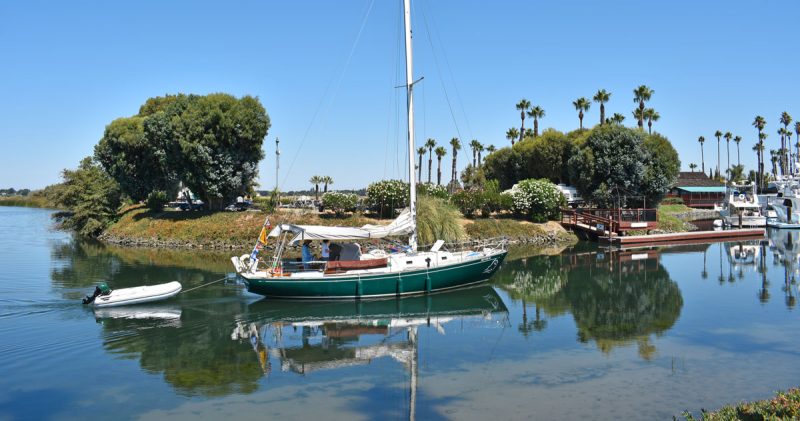
Like last year, we’re planning for an online kickoff event, so even if you’re not in the Bay Area you’ll be able to attend. More details on that later; the date in May is TBA.
Over the weekend, we learned that Delta Bay Marina on the San Joaquin River in Isleton will again host us for a party, on August 14. Activities will be firmed up later, but will probably include a BBQ lunch, ArtFest, live music and a presentation on Delta history by Bill Wells. Harbormaster Eric Chiu says they can offer free slips to as many as 20 Delta Doo Dah fleet members on August 14-15.
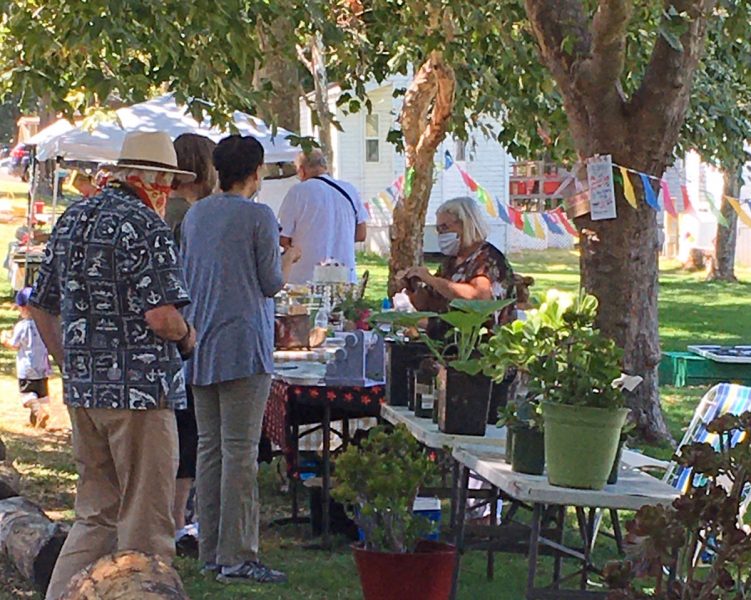
For more info, see our post on Friday and our event website at www.deltadoodah.com. Access the secure online registration form here. We plan to process entries and start a fleet list this evening.
Compass Realty: Corinthian Island
Adding to the Charm of the Historic Schooner ‘Viveka’
Over the years we’ve shared a few stories about the schooner Viveka. This week we received this story that adds to the beautiful vessel’s history and charm.
In your May 2020 issue, my friend Kelly MacDonald and I were interested to see that the Viveka has been fully restored and is sailing once more. You included a note that you were interested in learning more about this storied yacht, and this might pique your interest.
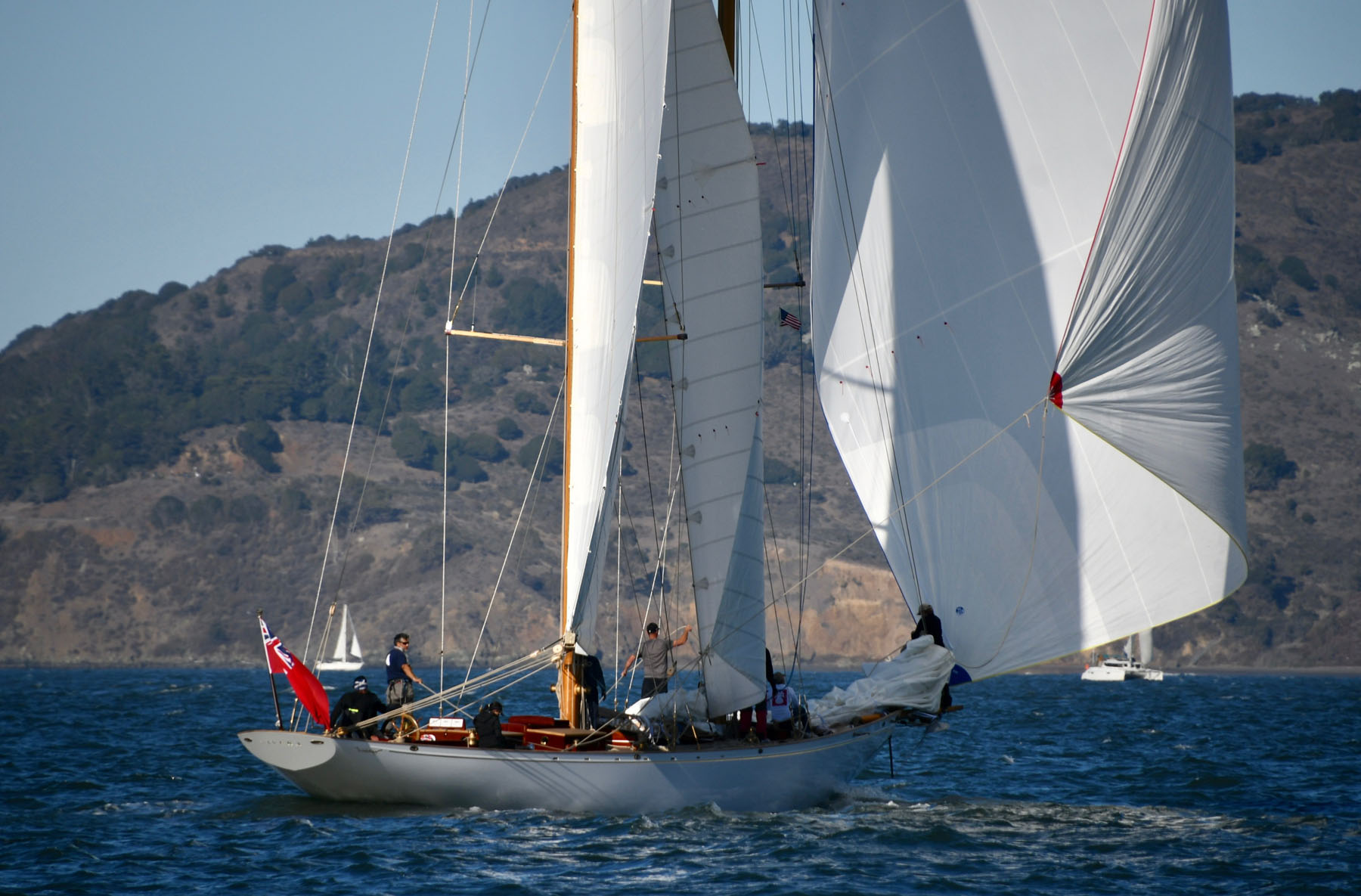
On March 14,1964, Kelly and his friend Dave Guidici were captained by the “President of the Pacific Ocean,” Merle Peterson, on the Viveka out into San Francisco Bay, launching from the Trident restaurant in Sausalito. Also aboard were a LIFE Magazine reporter and journalist and several volunteers. Why the press? Kelly and Dave — both teenagers — were in the final phases of launching the would-be first civilian satellite into Earth orbit.
The project, “Searcher,” had been vetted by scientists at NASA, industry giant Lockheed, and the University of California. $40,000 worth of supplies (half the total cost) had also been donated to the effort.
The plan was to lift a balloon to 100,00 feet, and from there release a four-stage rocket, dropping the 1lb “Searcher” into orbit. This particular expedition on the Viveka, dubbed Project Epsilon, was orchestrated to elude the local fire marshal, who couldn’t stop the boys from blasting off out at sea. It was also ostensibly to test whether to equip their rocket with stabilizing fins, or to set it spinning with a special motor — but as Kelly will attest, that was more just a ploy to keep the public and the press engaged in the saga.
The exploit was documented in the April 24, 1964, edition of LIFE, including many pictures aboard the Viveka from that day 57 years ago.
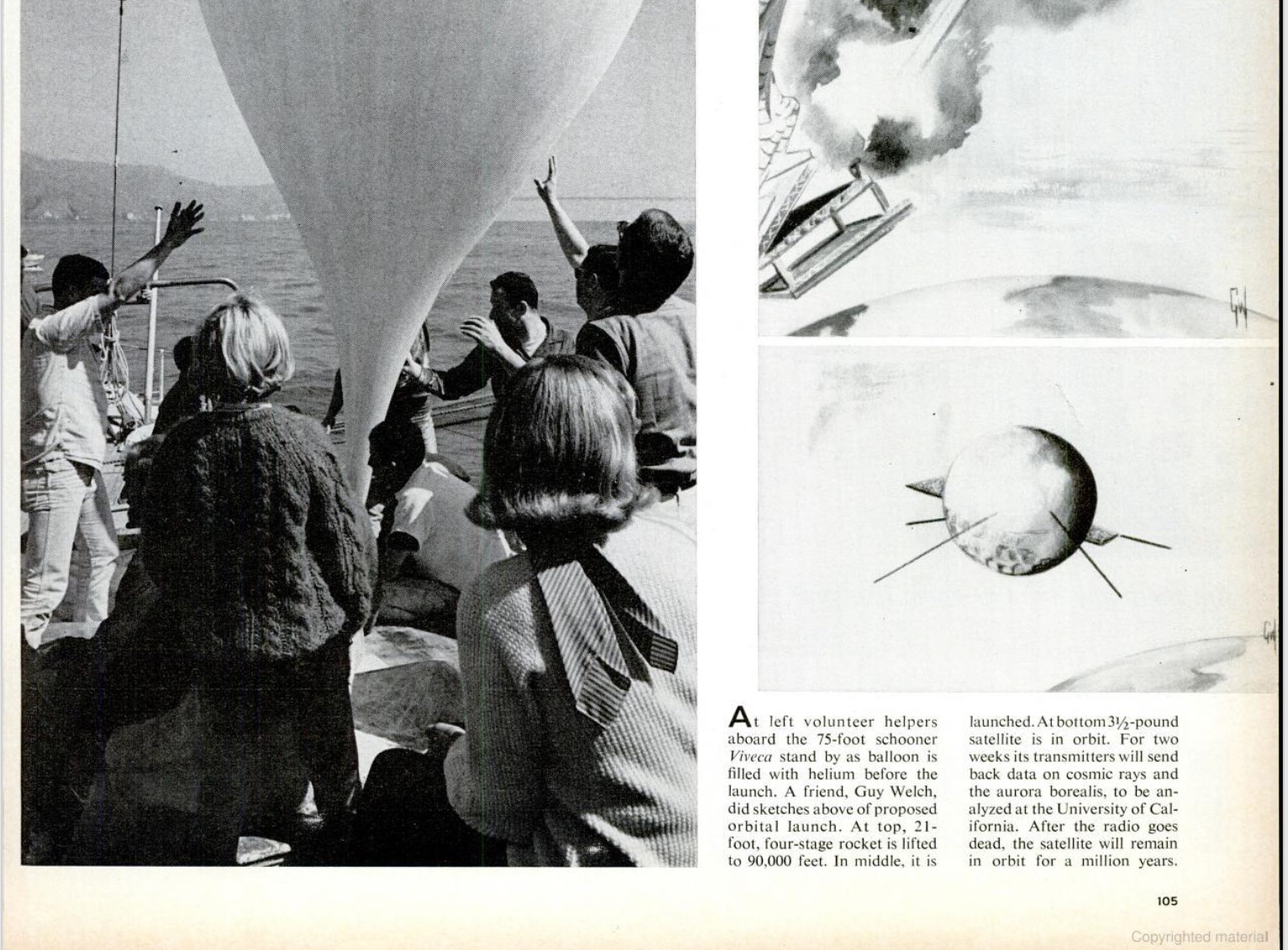
Natalya also says she’s working on a project to document the fuller version of this story and would love to see photos or hear any news of Viveka‘s current life. Do you have any updated or historic information to share? Write us here at [email protected].
An Upcoming Panel, and Cautionary Tale, About Waterfront Gentrification
On Thursday, March 25, the Sausalito Working Waterfront Coalition, or SWWC, will host an online, roundtable discussion about the gentrification of the nation’s shorelines. A panel of speakers from the Bay Area and beyond will discuss how communities across the nation are “losing working waterfronts at an alarming rate, along with the good jobs, creative industries, and artists that they sustain,” SWWC said in a press release.
As we’ve been reporting, there has been discussion over zoning for, and ultimately building, housing in the Marinship, Sausalito’s working waterfront. “The Marinship is now threatened by wealthy landowners and the local real estate lobby that are pressuring the City Council to re-zone,” SWWC said. Included on next week’s panel is the owner of a boatyard in Florida, which has been under attack for “nuisance complaints,” and might serve as a cautionary tale about the dangers of rezoning for housing near the working waterfront.
Please click here to register for tickets for next week’s discussion. The event is free.
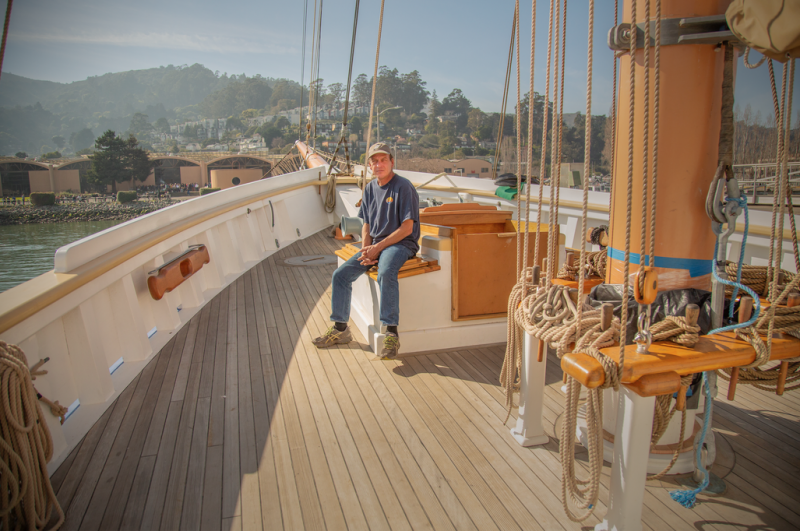
Waterfront real estate is among the most desirable land for housing and “mixed-use development,” which can blend commercial, cultural, institutional, and entertainment uses into one space — though the commercial element typically must be extremely low-impact. (More on that in a bit.) There are huge profits to be realized when commercial properties are rezoned for housing, though there is fierce debate over how much tax revenue high-density developments will generate for municipalities. (As we’ve said before, pushing for strong, unambiguous protections for working waterfronts might paint advocates as “anti-housing.” We don’t think that housing and a thriving waterfront are mutually exclusive; we support sensible, sustainable and affordable solutions.)
Housing in or near an industrial area can potentially open the door to “nuisance complaints.” A former Sausalito city official once stated, “The minute housing is approved in the Marinship, its manufacturing, light-industry, working waterfront is a goner, because no one wants to open their window to the sounds and smells of a true working waterfront.”
That’s what’s been playing out in Naples, Florida. Molly Strassel, owner of Molly’s Marine Service — who will be on next week’s panel — is being sued by residents at the nearby Naples Boat Club Condominiums over noise complaints. Almost three years ago, the city ran noise-check and -variance tests, and found that the boatyard was within acceptable levels on all counts. The condo owners then filed a civil action, and also alleged that the boatyard was polluting the bay. Strassel said that Florida’s Department of Environmental Protection investigated, and found no violations.
The boatyard property in question was built in 1943. Allied Marine became tenants on the property in 1996, as a new boat dealership, and hired Strassel. In 2009, Molly officially opened Molly’s Marine Service, which is currently still operating as a full-service boatyard. The condominiums were built in 2001, and the legal complaint was filed in 2018.
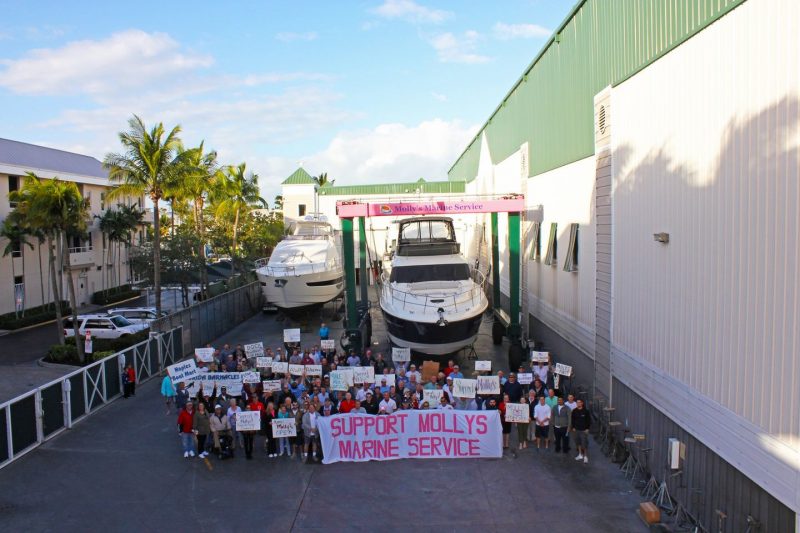
“Even if I win, Molly’s Marine Service will never be the same,” Strassel told us. “The whole premise has changed, and the boatyard is vulnerable. In this county, people can sue you for anything. This started out as a frivolous lawsuit. People realized their property wasn’t appreciating the way they thought it should.”
Strassel said that there might be a fundamental misunderstanding within the community about what, exactly, defines the waterfront. She said she’s heard people use “marina” and “boatyard” as synonyms. “I’m surrounded by attorneys and people who are making decisions, and use the words interchangeably to no one else’s dismay but mine.” If new residents have an expectation of placid docks and quiet boats, they’ll probably be alarmed to find a working boatyard instead.
For the Sausalito Working Waterfront Coalition, and for all those advocating to preserve the culture of the nation’s shorelines, this debate is about more than boats. “It’s about the economy, and about people’s livelihoods,” Molly said. “It affects the local economy, or any place that has boating — that’s a grassroots part of it. If you push everything out, it’s going to be very hard to fix.
“I have 12 employees who have worked very hard for a very long time,” Strassel continued. “I give them 401(k)s and paid vacations, because I want people to look at working for a small business as profitable for themselves.”
After three years of back and forth, Strassel is headed toward non-binding arbitration. She said she has support from the city, as well as the local boating community, but that the “flow” of the dispute changes day by day. “I think it’s going to take someone winning the first battle,” she told us. “If Molly Strassel can win the first battle, maybe some momentum gets started. Whose boatyard will set a precedent?”
Yet Another Cautionary Tale
For the last few years, English sailor Leo Sampson Goolden has been restoring the 109-year-old yacht Tally Ho in Sequim, Washington, near Port Townsend. In the February 28 episode of the immensely popular YouTube show Sampson Boat Co, Goolden revealed that he had received a noise complaint from a neighbor.
We reached out to Goolden, but did not hear back by press time. It’s important to say that, to our knowledge, Tally Ho is being restored on private property, and is not necessarily part of a zoned working waterfront. Still, we think that the charming YouTuber’s brush with the county illustrates the many challenges faced by the maritime trades. Goolden begins the discussion about the county issues around 22:15 in the video below. (The following video, released on March 13, suggests that Goolden may have found a solution. You can read about the kerfuffle in the Peninsula Daily News.)
This article originally — and mistakenly — said the panel discussion would take place on Wednesday, March 24. The panel will be held on Thursday, March 25 from 6 to 7:30 p.m.
Flooding Knocks NOAA Buoy Data Offline at NWS Headquarters
On Friday we brought you a “late news report” that the National Data Buoy Center’s (NDBC) primary processing servers had been shut off due to “a facilities issue.” The result was that NOAA’s ocean/marine buoy data were rendered inaccessible, and there was no available time frame in which the service would be restored. We have since learned that the outage was caused by flooding at the National Weather Service’s (NWS) Maryland headquarters.
According to a report on gCaptain, the flooding resulted from a burst pipe, which “caused extensive flooding” and damaged the servers located at the Silver Spring facility. Currently the building is being “dried out” while NOAA and building management assess the damage and form a plan to inspect and repair the damage to the building and restore the systems.
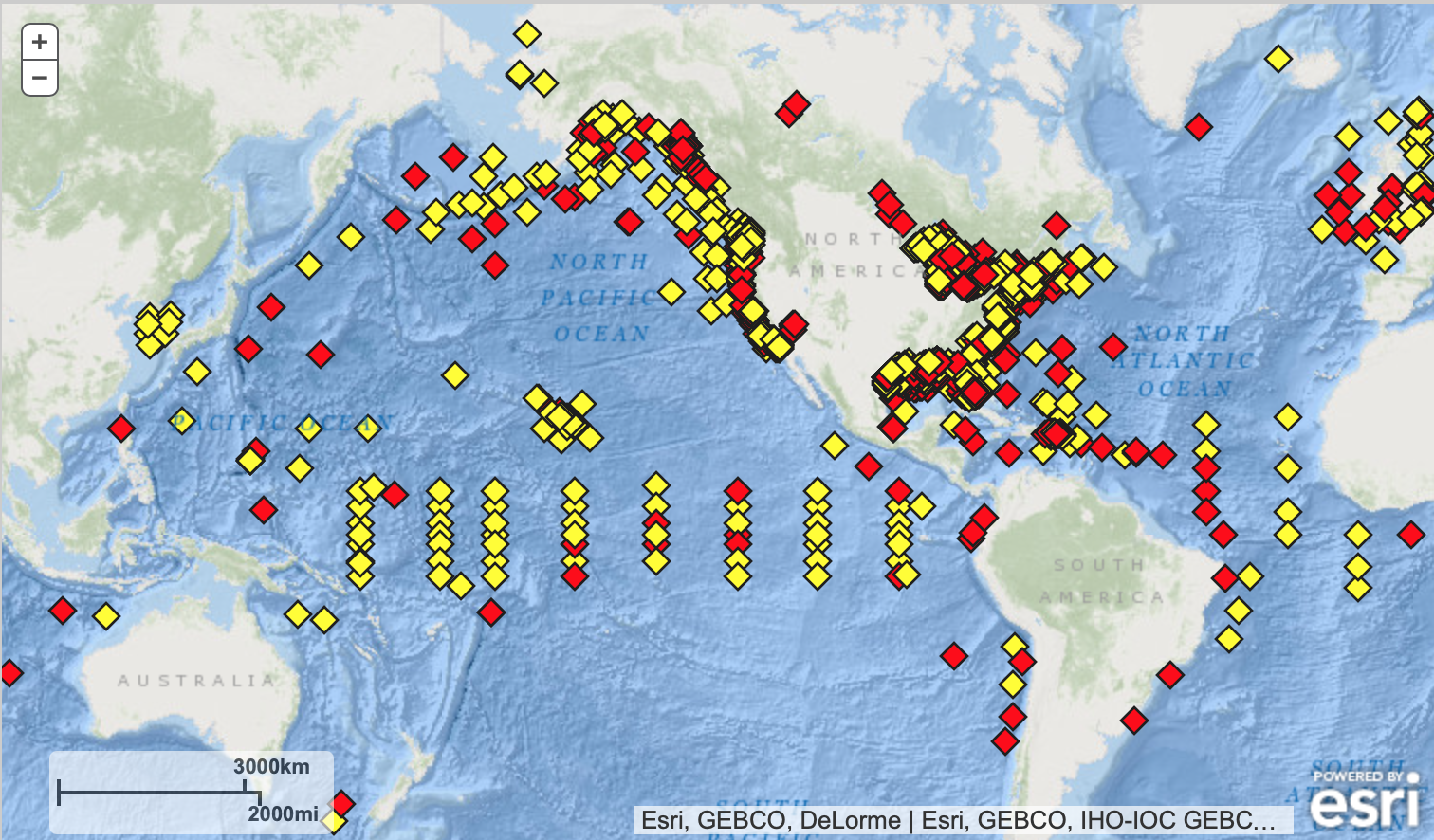
As the NDBC’s mission is to “provide quality observations in the marine environment in a safe and sustainable manner …” we hope the servers will be back on line quickly. In the meantime the advisory banner remains on the website: “On 03/09/2021 the NDBC primary processing servers were shut off due to a facilities issue. Station pages on the NDBC website are not updating and there is no ETR at this time. We will update this banner as we learn more.”

